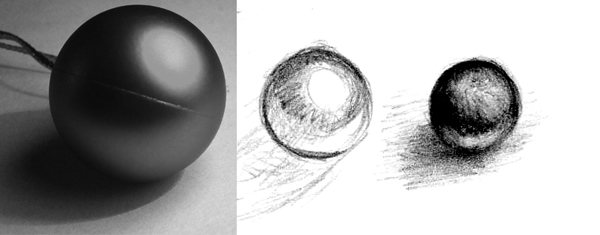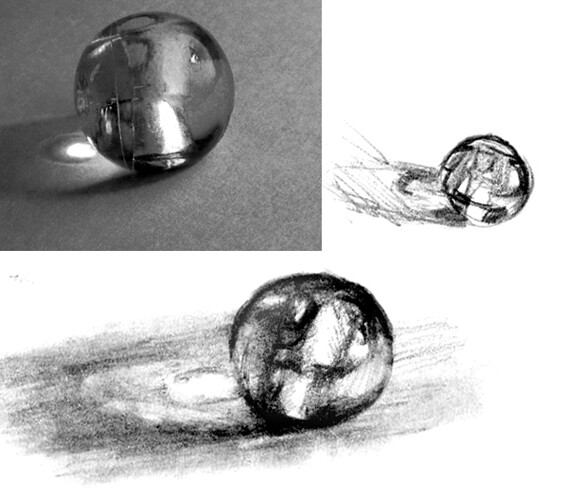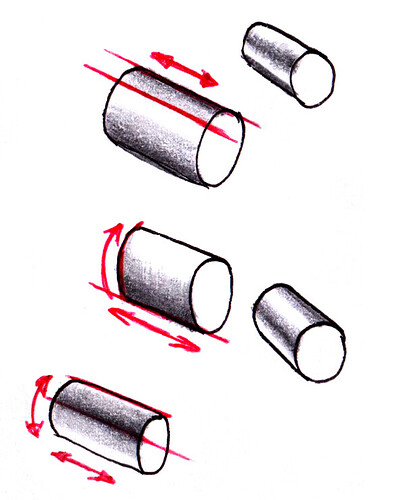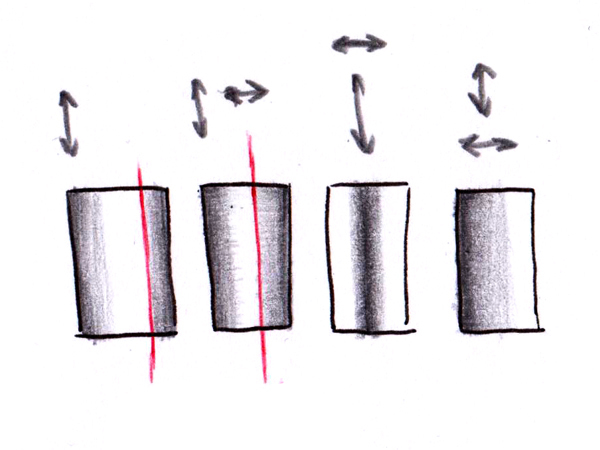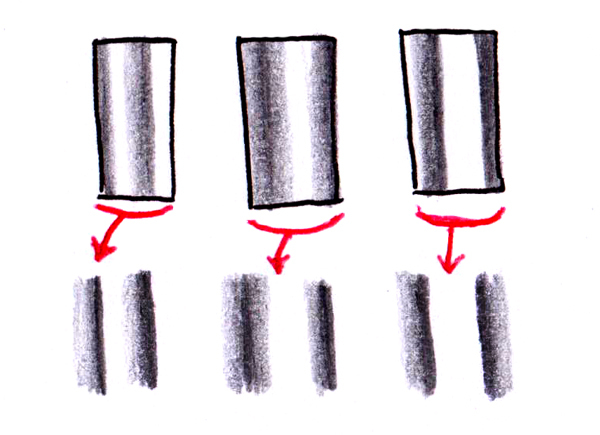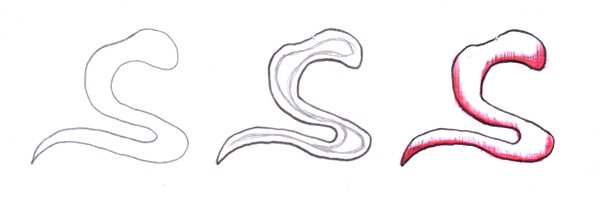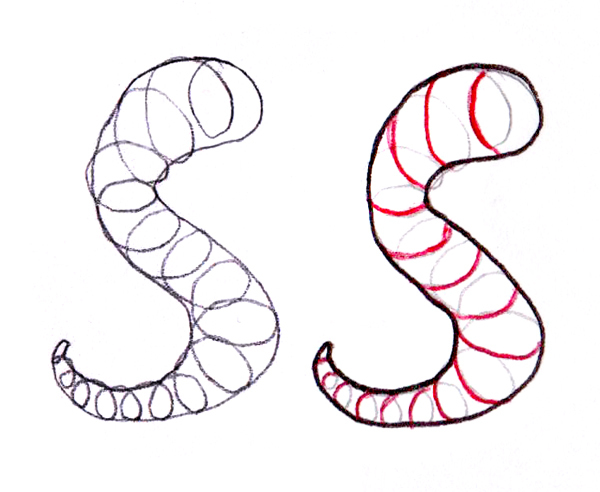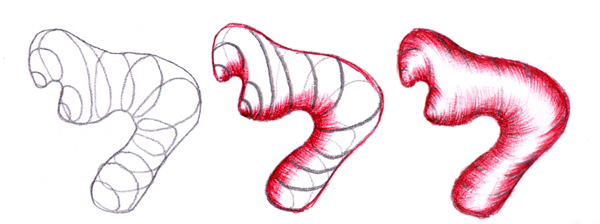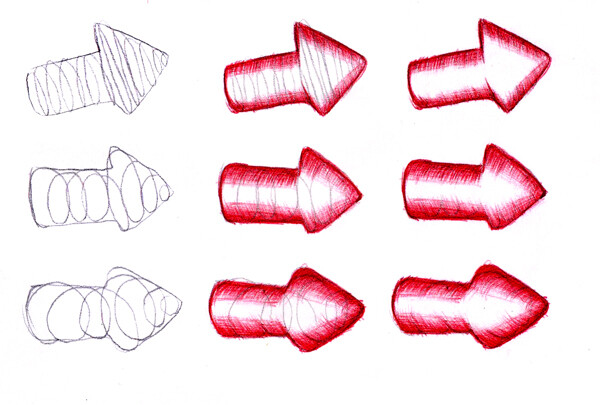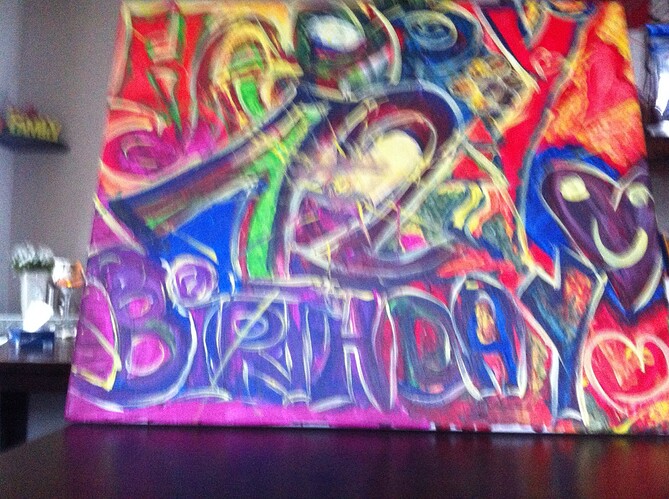Now this topic is gonna be damn fun and interesting, because we will draw here all together. How is it gonna happen? There’ll be several fun options:
- I’m giving a sketch/unfinished work and you propose your ideas of what I should add to it. This way we gonna have a collective drawing, based on YOUR ideas. Besides, I will make some explanation remarks in which I’ll tell how some particular part was drawn, so you could do the same. Furthermore, those having a little experience in drawing, can copy my sketch and propose their own variant (you can show it here or not, if you’re shy. In any case, where’s no practice, there’s no progress). Also everyone can upload his own sketch here and every willing person can finish it.
- Besides that, we will have different exercises for those, who do not know how to draw at all (yeap). For instance, we will learn how to di different hatching types, how to make smooth tone changings, the basics of the sketch and composition, drawing with different materials. Also I’ll tell about interesting and not always standard methods or techniques of drawing. Of course we will learn how to depict the things we got in our head and to draw by the photograph, what’s to many people’s liking. I write quite simply and understandably, providing illustrations. And again, you can show your own works to boast or ask for advise if there’s no success (or you don’t, no one will force you to do it). The practice is important though.
- There’s another nice idea - colorings. Sometimes I will upload line-arts, which can be
-first: colored in every image redactor on your pc/tablet/smartphone.
- second: print or copy and colored with live materials. It is also very useful for the skills upgrade.
So, 14’th February everyone can draw nice and cool greeting cards for their beloved, even if not having any experience in drawing.









